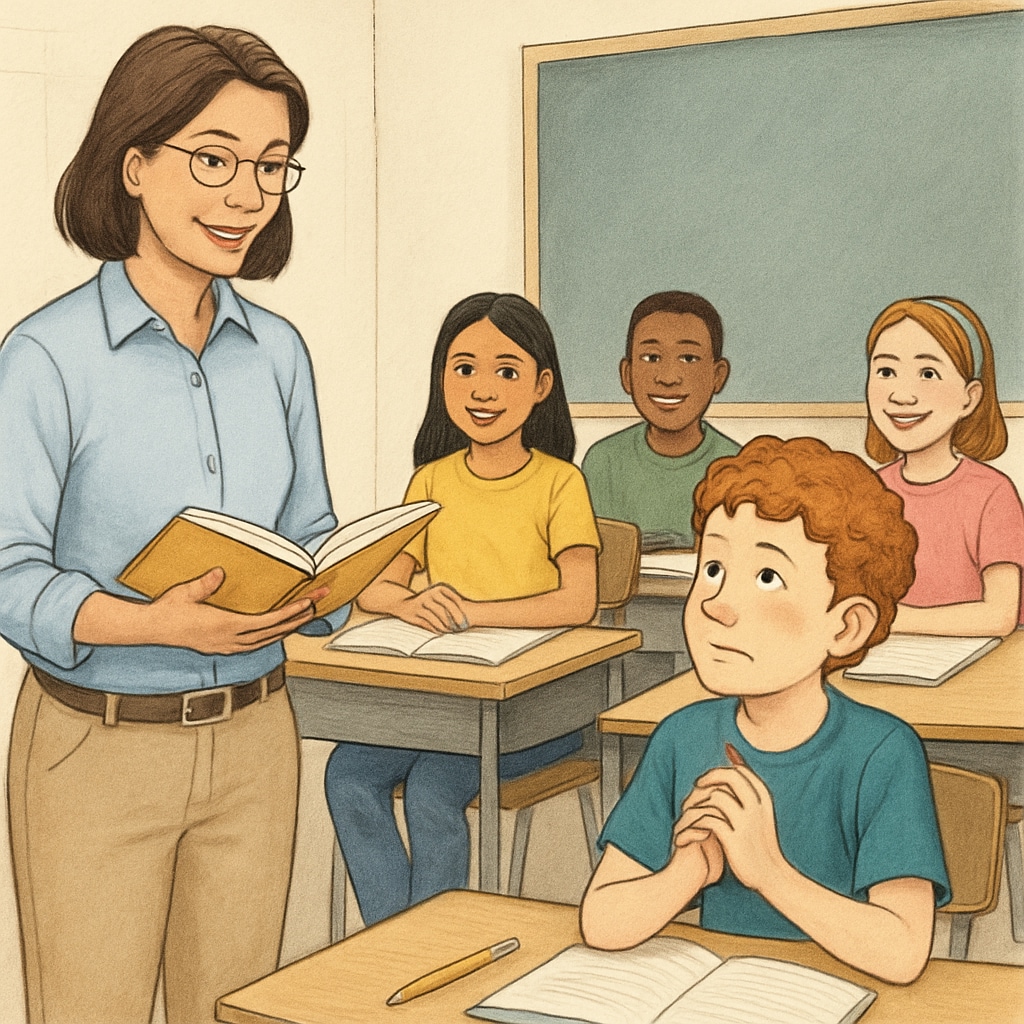Gifted education programs aim to nurture exceptional abilities and talents, yet they often miss identifying students with ADHD due to over-reliance on standardized tests. While these programs provide advanced learning opportunities for many, the exclusion of high-potential students with ADHD creates a significant gap in equitable access to education. This article examines how the current gifted education system overlooks ADHD students, the consequences of this oversight, and potential strategies to ensure a more inclusive approach.
Challenges with Standardized Testing in Gifted Education
Standardized tests are commonly used to identify candidates for gifted education programs. These assessments emphasize consistency and measurable outcomes, but they often fail to capture the unique capabilities of students with ADHD. For instance, children with ADHD frequently struggle with sustained focus, time management, and the rigid structure of standardized tests, which may not reflect their true intellectual potential. As a result, many students with ADHD are overlooked despite their creativity, problem-solving skills, and other high-level cognitive abilities.

ADHD and the Misalignment with Traditional Gifted Criteria
Traditional gifted education criteria often prioritize academic achievement, behavioral compliance, and test-based intelligence measures. However, ADHD students tend to exhibit asynchronous development, where their intellectual abilities may outpace their emotional regulation or executive functioning skills. This misalignment can lead educators to perceive ADHD students as disruptive or underachieving, rather than recognizing their potential as gifted learners. Additionally, ADHD behaviors such as impulsivity or hyperfocus on specific interests might be misunderstood as barriers rather than strengths.

Building an Inclusive Gifted Education Framework
To bridge the gap in gifted education, schools and policymakers must adopt more inclusive identification strategies. Here are several approaches:
- Multiple Assessment Tools: Incorporate a combination of teacher observations, creative portfolios, and problem-solving tasks to evaluate diverse talents.
- Professional Development: Train educators to recognize the strengths of neurodivergent students, including those with ADHD.
- Flexible Learning Environments: Design programs that accommodate different learning styles, such as project-based learning or self-directed exploration.
- Parental Input: Include insights from parents, who often have a deeper understanding of their child’s capabilities and challenges.
These strategies not only help identify ADHD students for gifted programs but also create a more supportive learning environment for all students.
The Benefits of Recognizing ADHD Students in Gifted Programs
Including ADHD students in gifted education programs benefits both the students and the broader educational community. ADHD students bring unique perspectives, innovative thinking, and creative problem-solving abilities that can enrich classroom discussions and collaborative projects. Moreover, providing these students with opportunities to thrive in a nurturing environment can improve their self-esteem, reduce frustration, and foster lifelong learning.
Learn more about ADHD on Britannica and its impact on learning experiences.
Conclusion: A Call for Equity in Gifted Education
The current reliance on standardized tests and traditional criteria in gifted education often excludes high-potential ADHD students. However, by adopting more inclusive identification methods and fostering flexible learning environments, educators can ensure that the talents of all students are recognized and nurtured. It’s time to address this critical gap and create a gifted education system that truly embraces diversity in learning.
Explore the concept of gifted education on Wikipedia to understand its broader scope and challenges.
Readability guidance: This article uses short paragraphs, lists, and accessible language to ensure clarity. It balances professional terminology with reader-friendly explanations, making it suitable for a broad audience. Overlapping ideas are connected with transitional phrases for smooth reading.


